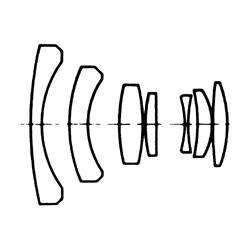Bill Watts
Well-Known Member
I am lucky enough to own both of these lenses, one in M42 mount (Pentacon) and one in Exakta mount. The Meyer Optic Orestegon was supplied with the new Exakta RTL 1000 produced under the disputed brand name Exakta by Pentacon. The Orestegon was available in other mounts including M42. The Pentacon Electric was a derivative of the Meyer Optic Orestegon with recalculated lenses to account for the different glass used in the Soviet assembly and supplied for use with the Praktica cameras in M42 mount. The "Electric" in the name indicates that it is a lens fitted with a variable resistance to transmit the aperture to the cameras's lightmeter via 3 contacts on the lens mounting flange. It does not affect the operation or performance of the lens in any way. The lens construction and elements are in all other ways identical to the earlier non "Electric" Pentacon 29mmf 2.8 lenses.
The Meyer Optic Orestegon morphed into the Pentacon auto/electric f2.8 29mm sometime after the second world war when the Soviets took over the Meyer Optic factory as it was in the designated Soviet area of Germany. Later models gained single and multiple coatings, but essentially the design remained the same.
I mounted the lenses on m4/3 adaptors and used them with an Olympus E-PL1 camera, using each lens in turn to photograph an object or location under as similar conditions as possible. The weather did it's best to co operate but it was a sunshine and clouds day.
The photo below shows the results of using the lenses at f2.8 (wide open) and at f16 (minimum aperture on these lenses is f22) but I wanted to avoid as much diffraction as possible whilst still using a wide range of apertures.
Before anyone complains about the test conditions, this was a practical test and is not meant as a laboratory examination of the lenses’ properties.
Outwardly the lenses are very similar in appearance being matt black finish with sculpted focusing rings, the Orestegon having “zebra” stripes and black on chrome aperture markings on the aperture ring as opposed to the Pentacon having white markings on a plain knurled ring for aperture control. Both lenses have 55mm threaded front rings for accessories. Both lenses feature all metal construction and are quite heavy.
With both lenses there is a noticeable difference in the strength of the red colour at f2.8 and f16, the actual colour of the red lock is closer to the f16 image in both cases. Also noticeable is a slight softening of the left hand edge, which may be a distance effect at f2.8, it is sharp in both shots at f16, however there does appear to be a small amount of chromatic aberration in both of the f2.8 shots in the rusty area, extreme left, of the picture.
What is very noticeable is differences in the out of focus areas of all the pictures. In both lenses, the sharp areas are very sharp, but in the out of focus areas the Orestegon is considerably less sharp than the Pentacon.
The depth of field of the Pentacon may be a little smaller than the Orestegon, note how the second red padlock at right angles to the camera is more out of focus than in the Orestegon photograph in the f2.8 shot? Of course, it may be that I focused on a slightly different point!
Nevertheless, I would posit that both lenses are able performers, and the similarity in performance would indicate that they are probably both connected in design with the slight differences noted caused by different coatings and glass properties.
View attachment 29mm comparison.jpg
Good lenses for vintage cameras, and also for use on digital cameras taking into consideration the crop factor. If pushed I would have to say the Pentacon lens was a tad sharper and slightly more contrasty.
I have a Meyer Optic Oreston f1.8 50mm, and a CZJ Pancolar f1.8mm 50mm which are both similar in construction being based on the Zeiss Double Gaussian design so I may do a quick comparison of them too.
The Meyer Optic Orestegon morphed into the Pentacon auto/electric f2.8 29mm sometime after the second world war when the Soviets took over the Meyer Optic factory as it was in the designated Soviet area of Germany. Later models gained single and multiple coatings, but essentially the design remained the same.
I mounted the lenses on m4/3 adaptors and used them with an Olympus E-PL1 camera, using each lens in turn to photograph an object or location under as similar conditions as possible. The weather did it's best to co operate but it was a sunshine and clouds day.
The photo below shows the results of using the lenses at f2.8 (wide open) and at f16 (minimum aperture on these lenses is f22) but I wanted to avoid as much diffraction as possible whilst still using a wide range of apertures.
Before anyone complains about the test conditions, this was a practical test and is not meant as a laboratory examination of the lenses’ properties.
Outwardly the lenses are very similar in appearance being matt black finish with sculpted focusing rings, the Orestegon having “zebra” stripes and black on chrome aperture markings on the aperture ring as opposed to the Pentacon having white markings on a plain knurled ring for aperture control. Both lenses have 55mm threaded front rings for accessories. Both lenses feature all metal construction and are quite heavy.
With both lenses there is a noticeable difference in the strength of the red colour at f2.8 and f16, the actual colour of the red lock is closer to the f16 image in both cases. Also noticeable is a slight softening of the left hand edge, which may be a distance effect at f2.8, it is sharp in both shots at f16, however there does appear to be a small amount of chromatic aberration in both of the f2.8 shots in the rusty area, extreme left, of the picture.
What is very noticeable is differences in the out of focus areas of all the pictures. In both lenses, the sharp areas are very sharp, but in the out of focus areas the Orestegon is considerably less sharp than the Pentacon.
The depth of field of the Pentacon may be a little smaller than the Orestegon, note how the second red padlock at right angles to the camera is more out of focus than in the Orestegon photograph in the f2.8 shot? Of course, it may be that I focused on a slightly different point!
Nevertheless, I would posit that both lenses are able performers, and the similarity in performance would indicate that they are probably both connected in design with the slight differences noted caused by different coatings and glass properties.
View attachment 29mm comparison.jpg
Good lenses for vintage cameras, and also for use on digital cameras taking into consideration the crop factor. If pushed I would have to say the Pentacon lens was a tad sharper and slightly more contrasty.
I have a Meyer Optic Oreston f1.8 50mm, and a CZJ Pancolar f1.8mm 50mm which are both similar in construction being based on the Zeiss Double Gaussian design so I may do a quick comparison of them too.
Last edited:

